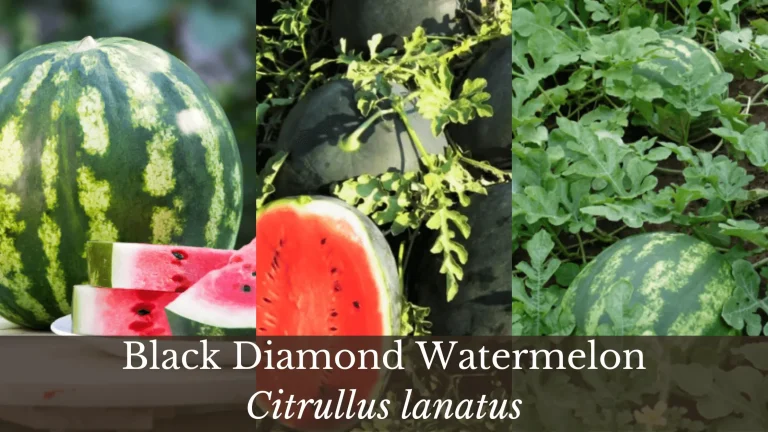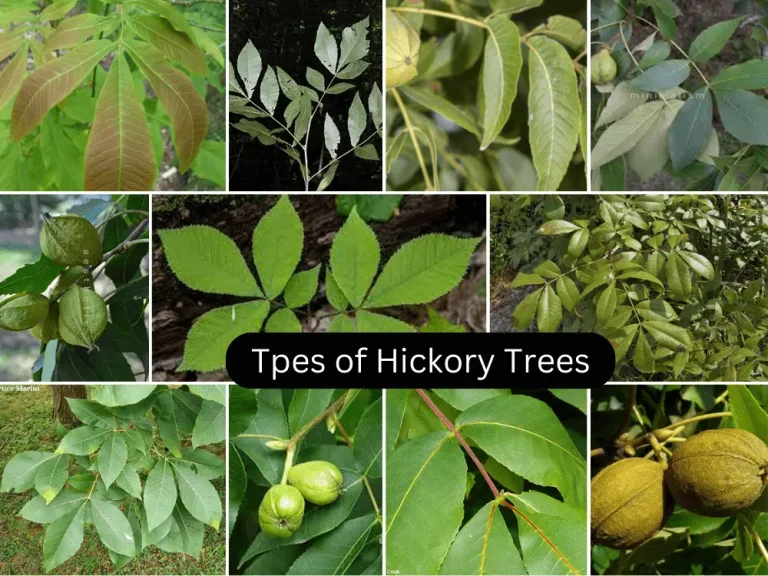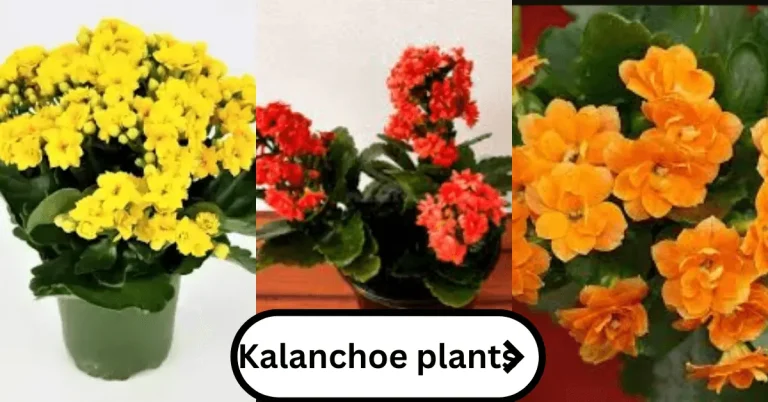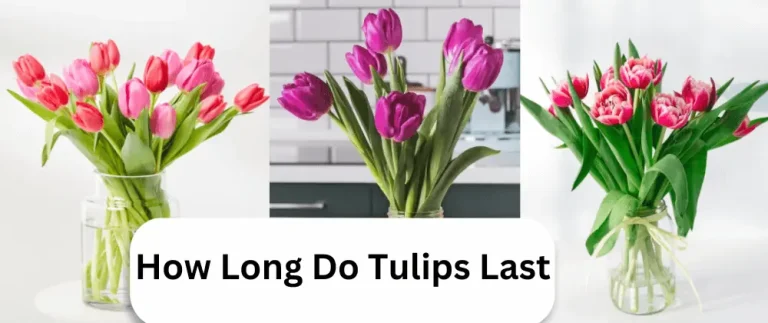Caladium fiesta Growth | Care, Water, Light, Nutrient, Pests, and Disease
If you want to add a new indoor plant, Caladium fiesta is one of the best options. Broad, vibrant leaves and soft, coloured patterns make it a good choice. Its attractive foliage like variegated hostas, standing-out colour patterns, herbaceous growth, and leafy morphology make it stand out.
Caladiums are Tropical perennials with broad leaves. They belong to the Araceae family. They are vibrant and give your indoor community a unique splash of colour. They are native to Central America and tropical rainforests. They rarely flower, and only their foliage is the key aesthetic element. They can also be used as hedge like Hostas Plants.

Plant Profile of Caladium fiesta
| Scientific Name | Caladium hortulanum (Caladium fiesta) |
| Common Name | Caladium, Kaladium, Angle Wings, Elephant’s Ear, |
| Average height | 18-24 inches (1.5-2.0 feet) |
| Spread | 12-16 inches in diameter |
| Soil Type | Light, Well drained |
| Organic Matter | Love to grow with humus and organic matter in the soil |
| Soil pH | Slightly Acidic (5.5 to 6.5 pH) |
| Sowing time | Early Spring |
| Foliage | Heart shaped white leaves. Thick red veins. These veins give it variegated appearance. |
| Hardiness Zones | USDA 9-13 zones |
Cultivars of Caladium fiesta
It has more than 1000 cultivars. The following are the famous;
| Name of the Cultivar | Features |
| Aaron | White leaves with green margins. |
| Candidum | White leaves with green veins |
| Carolyn | Pink leaves with red veins |
| Fire Chief | Dark pink leaves |
| Florida Elise | Green leaves with pink strokes |
| Florida Fantasy | White leaves with red veins |
| Freida Hemple, Kathleen, Red Flash, and Postman Joyner | Red leaves with green margins |
| Gypsy Rose / Pink Beauty | Pink veins and green blots |
| June Bride | Leaves with red and green margins |
| White Queen | Red and white veins on the leaves. |



What are the Plant Requirements?
Following is the list of plant requirements of C. fiestas
- It is a shade-loving plant that performs well in indirect sunlight as well.
- It requires heat for good blooming, and it gets the benefits of indoor heat
- It loves humidity. Thus, it needs soil with a good amount of organic matter.
- Compost in the soil or Chopped leaves and plant litter can serve the purpose.
- The soil’s organic matter should be more than 20% to hold moisture for a long time.
- Soil temperature in the range of 65-70°F is better for optimum growth.
- Temperature below 40°F may cause rotting of the tuber, and thus, it will not sprout in the coming spring.
- Apply water carefully to keep the soil moist only. Apply water when the top 25% of the soil is dry.
How to make potting soil for caladium?
You can grow this indoor plant with the help of vegetative parts called “Tubers”. Plant these tubers 2″ deep in the soil. Try to keep distance between each tuber 10-12″. Planting should be done in the early spring.
Add at least 4-6 cm of humus layer for planting in the pot and water it thoroughly. Keep it moist for two days—plant C. fiestas in the moist soil. The tuber of the plant will start growing after 2-3 weeks. It will produce leaves when 24″ tall.
How to Propagate Caladiums?
The only type of reproduction it shows is a vegetative type of reproduction. Tubers serve as a vegetative reproductive part. Separate the new tubers through “splitting” and further cutting of these parts to make small tubers. All the small tubers have the potential to grow to the new plant. However, there must be an “eye” for growth. These eyes are called the “bulbs” of fiestas.

Also watch the following video to know more about how to propagate Caladium fiesta?
How to care for Caladium?
The plant needs extra care in spring and less in fall when they are in dormancy. Follow the following directions and consider these while taking care of C. fiesta.
Light
If you are busy in your daily routine and have less time for planting care, Kaladium will be a good option for your indoor plantation. As the Caladium fiesta grows well in medium to no light, you can place them permanently on the window in indirect sunlight. Moreover, an Eastern or Western window with good aeration and medium light interception will be a better option.
Water
However, it would help to consider watering this guest plant at an optimum time. These are not resistant to drought stress, and you may lose your valuable friend. Keep watering this Caladium at least twice a week. However, adding showers to moisten the topsoil may also be helpful.
Moreover, using pebbles and organic matter can help retain moisture for a long time. A sprayer-like water bottle will be a good option to keep the humidity level high. Additionally, any humidifier nearby will serve the purpose in a better way.
Temperature
The plant starts its life cycle in the early spring and faces fluctuation in the temperature soon. It is better to avoid cold drafts and rise in temperature. The optimum temperature range for better growth is 65-75°F. Temperature more than 85°F needs your attention as the plant may start wilting and desiccating.
Fertilizers
Always apply liquid fertilizer with the sprayer or while irrigating the plants. Fertigation will help in the absorption of nutrients in the roots. Always consider the humidity and moisture level before applying fertilizers. In winter, when the plant is in a dormant stage, don’t waste your costly fertilizers. Apply only 20% fertilizer solution during spring and summer.
Toxicity
If deer are around you, don’t worry about their herbivorous and feeding behaviour. Caladium is not liked by the deer at all. Even pets, insects, and flies can’t harm your plant.
Moreover, C. fiesta plants need regular pruning if there are any dead parts. Cutting the dead part will help in the growth of the plant.
Pests and Diseases
Common pests of Caladium are Scale insects, Mealybugs, and Spiders—all like dry environments. Thus, keeping the moist level on the surface can help in lowering the attack of insects. Moreover, insecticidal soap can also be used to limit the attack of insects.
Management of diseases and insects lies in management. Avoiding over-watering can limit the attack of fungal disease as fungus loves to thrive in moist environments.
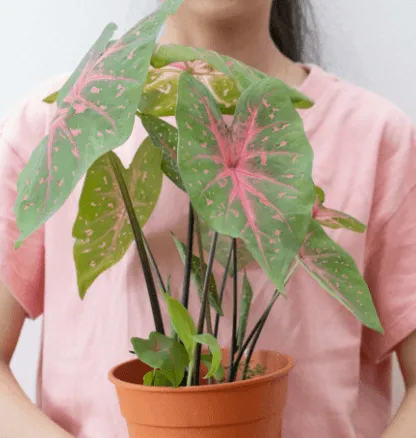
What are the precautions before buying Caladium?
If Caladium is for sale nearby and you want to add it to your home garden, consider the following directions before buying it.
- Always choose a healthy plant
- Your plant must be free from insects and bugs
- Examine the plant carefully to ensure that the plant is free from the diseases.
- It has more than 1000 variegated colours. Pick the best you want to have.
- Bulbs are the only reproductive parts; look for healthy bulbs.
- Make sure the soil has good water-holding capacity and moisture.
FAQs
Can I grow Caladium Fiesta in water in the vase?
Yes, you can grow it after uprooting. Just remember to clean it root to look good aesthetically and place it upright in the vase.
Do Caladiums Love to grow in sunlight?
The Caladiums are shade-loving plants. Then, it can perform well in full shade or partial sunlight. However, keeping them in bright sunlight may damage them completely. Moreover, breeders are also trying to get a new cultivar that can perform well in the bright light.
How do Caladiums reproduce?
Caladiums can reproduce by vegetative means only. They bear tubers. These tubers have three properties;
• They store food
• They bear unfavorable conditions
• When favorable conditions arrive, they grow to give rise to new plants.
What if my Caladium is dying?
There could be the following reasons for the death of Kaladium?
• Soil is flooded.
• Temperature is below 60°F, and the tuber is dying (Tuber: Vegetative Reproductive part).
• Prolonged exposure to cold temperatures.
Do I need to pull up (up-root) these at the start of winter?
You can grow these as annuals, pull them out of the pot or soil medium at the start of the fall season, and grow them with buds or tuber in the following spring.
Are fiesta deer resistant?
Fiesta Caladium are deer resistant. You need not worry about them being eaten up by the herbivores. However, they are not drought resistant. Always irrigate them when the soil moisture level is at 25% or so.
Can Fiestas grow under the shade of the trees?
Yes, C. fiestas can grow under the shade of a tree in indirect sunlight.
I’m Dr Qaiser Maqsood (PhD), a dedicated researcher and expert in Biological Sciences, Gardening, Bio-Diversity, Ecology, and Environmental Sciences. I’m much concerned about Environmental Pollution, Climate Change, Plantation, Gardening, and Global Warming. My passion is to explore innovative solutions in all these fields.
Be aware that we have ONLY ONE EARTH. Protect it!!

